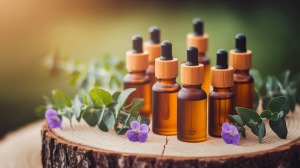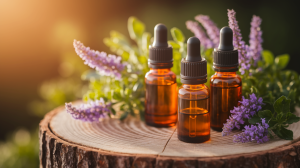Scent and Serenity: Enhancing Yoga and Meditation with Essential Oils
There’s something almost magical about the moment a calming scent catches you mid-practice — one breath and suddenly the world outside your mat melts away. I’ve seen people walk into a yoga studio looking tense, their shoulders practically up around their ears, and then, as a puff of frankincense drifts through the room, you watch them soften. It’s not just poetic — essential oils like lavender, eucalyptus, and frankincense have long been used to create a peaceful environment that supports mindfulness, melts away stress, and promotes deeper relaxation. The way a well-placed scent can turn a regular stretch into an aromatic yoga session is nothing short of transformative.
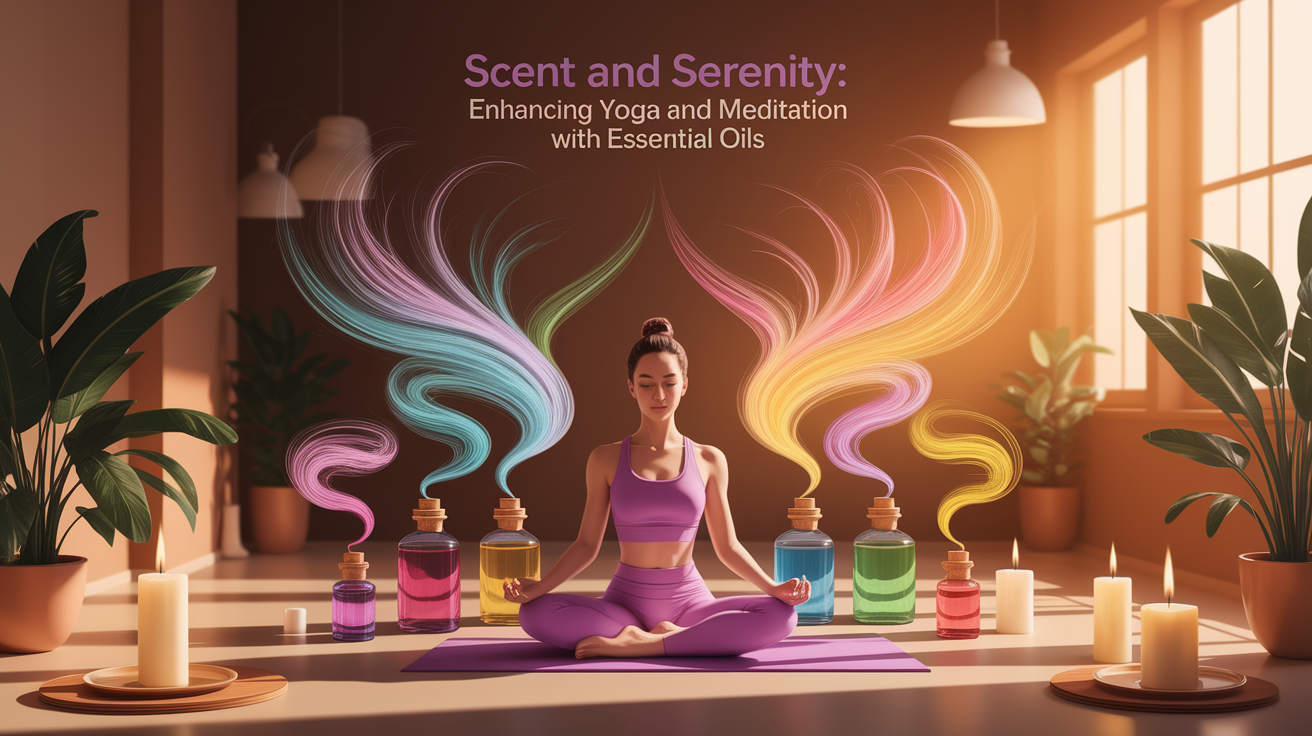
The Science Behind Aromatherapy in Mind-Body Practices
Here’s where it gets fascinating: when you inhale an essential oil, those tiny aromatic molecules travel through the olfactory nerves right into the limbic system — the part of your brain that handles emotions and memory. That’s why a single whiff of lavender can instantly feel like a hug for your nervous system. According to research, these scents can influence mood, focus, and relaxation, making them perfect companions for yoga and meditation. Combined with the gentle movements of yoga or the stillness of meditation, they work as a sensory anchor, keeping you grounded and immersed in the moment.
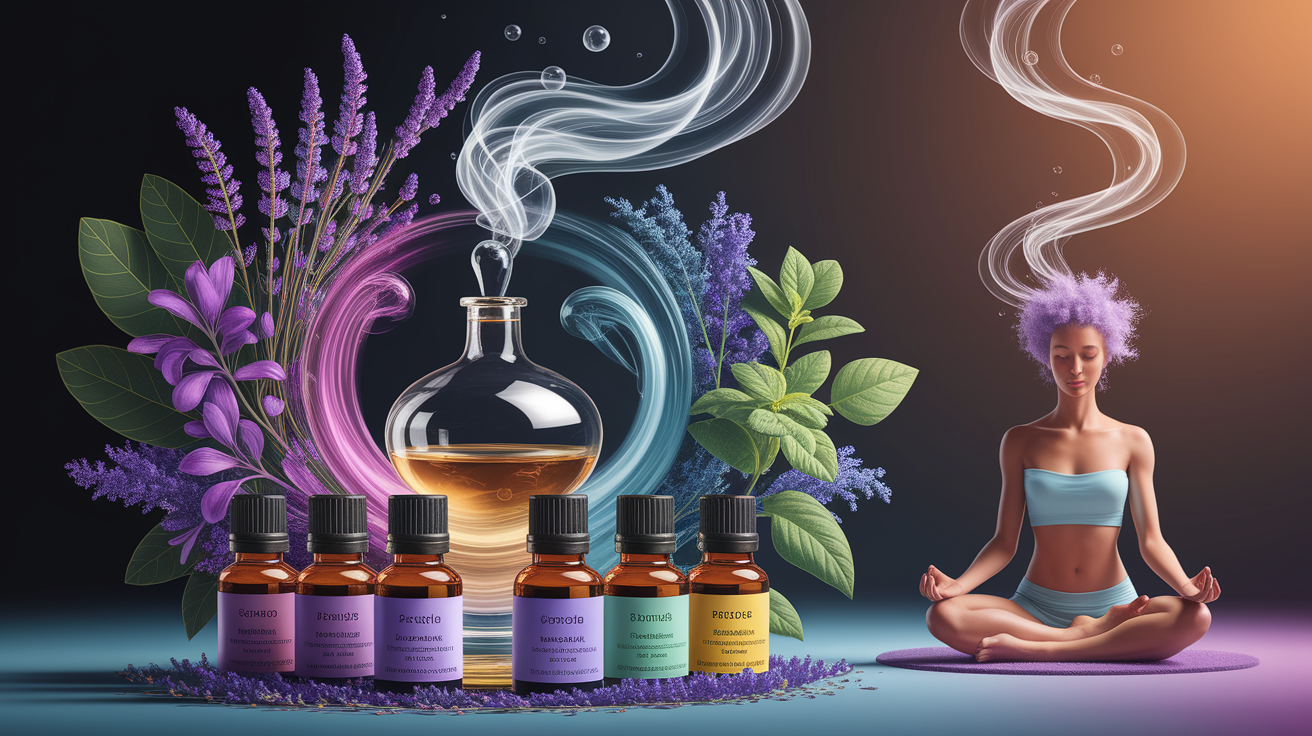
Applying Essential Oils During Yoga and Meditation
I once added a drop of eucalyptus oil to a warm cloth and placed it at the top of my mat before a slow flow session — the cool, refreshing scent had me breathing just a little deeper with every pose. You can bring essential oils into your own practice in a variety of ways:
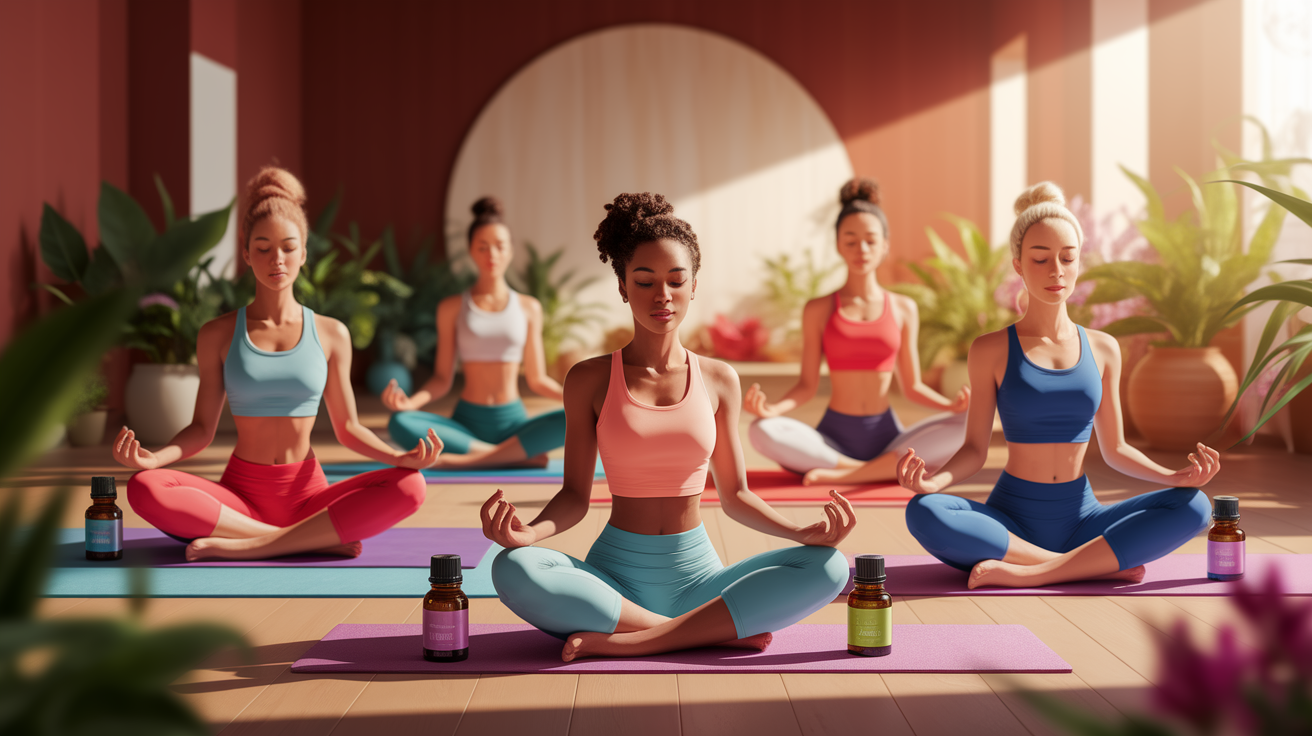
- Diffusion: A diffuser gently fills your space with aromatic mist, enhancing the meditation room ambiance.
- Topical application: Dilute a few drops with a carrier oil and apply to wrists, temples, or the soles of your feet for grounding techniques.
- Yoga mat spray: Blend water, a drop of tea tree, and lavender to keep your mat fresh while infusing it with calming scents.
- Direct inhalation: Inhale from a tissue or your palms for a quick, personal dose of mindfulness.
The key is to make the scent feel like an invitation, not an intrusion. Too strong, and it might overpower the breathwork; too faint, and it gets lost in the shuffle.
Selecting Oils to Match Your Practice Goals
Choosing an oil is like picking the soundtrack for your practice — it shapes the entire mood. If you’re aiming for deep relaxation, lavender oil is a classic. For focus during meditation, frankincense or sandalwood can help you sink into a quiet, centered headspace. If your yoga practice is more energizing, peppermint oil gives an uplifting nudge. Here are a few favorites aligned with common intentions:

- Relaxation: Lavender, chamomile, ylang ylang
- Grounding: Frankincense, sandalwood, cedarwood
- Energy boost: Peppermint, sweet orange, rosemary
- Breath support: Eucalyptus, peppermint
There’s no one-size-fits-all here — your nose and your nervous system will tell you what works best.
Safety Tips for a Smooth Aromatic Journey
As delightful as they are, essential oils deserve a bit of respect. Always use therapeutic grade oils and dilute them for topical application to avoid skin irritation. Keep them away from sensitive areas like eyes, and avoid heavy scents if you’re practicing vigorous or heated yoga to prevent overwhelm. Some oils can interact with certain conditions or medications, so it’s worth doing a little homework before introducing a new scent into your wellness routine. For more guidance, there are resources on safe and effective use of aromatherapy during mind-body practices.

Breathe In, Flow Out: Integrating Aromatherapy Daily
There’s something deeply satisfying about carrying the calm of the mat into your everyday life. A quick lavender inhale before a meeting. A peppermint-infused breathing exercise on a sleepy afternoon. A few drops of frankincense in the diffuser while you journal in the evening. Whether it’s a formal practice or two minutes before bed, weaving aromatherapy into your day keeps those mindfulness threads alive. Pair scents with your meditation so, over time, your brain recognizes the smell as a cue to slow down and sink in. Before long, it becomes second nature — you breathe in, you flow out, and your whole day feels just a bit more grounded.











